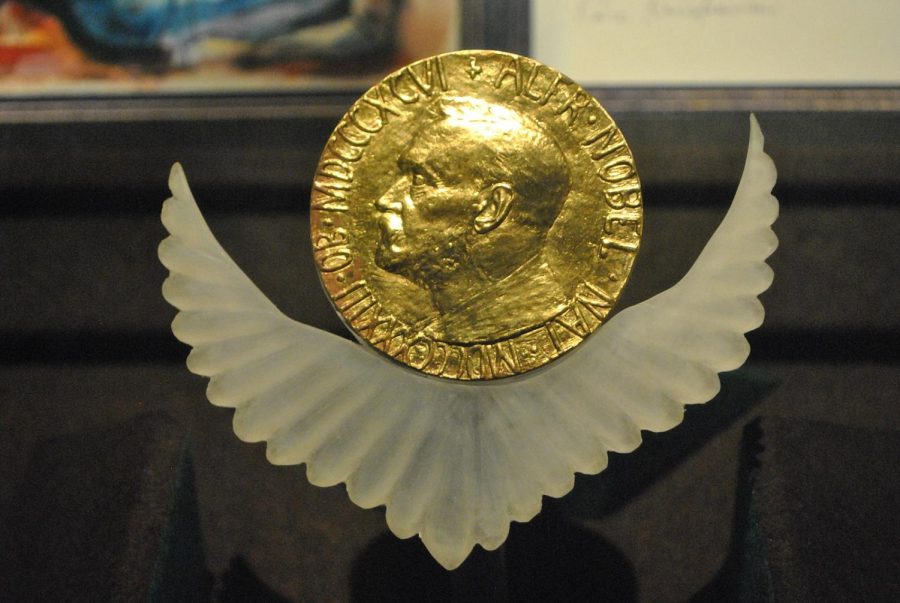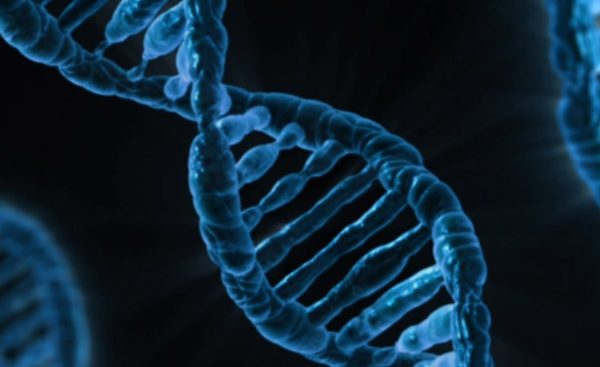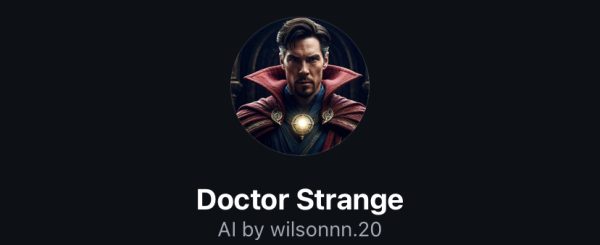92-Year Long Debate… Finally Resolved.
2022 physics nominees Alain Aspect, John F. Clauser, and Anton Zeilinger are awarded for their research and experiments on entangled states that have proved Einstein’s theory of “hidden variables.” wrong. These discoveries have built on each other to open opportunities for new technology in the world of quantum reality. These laureates have won not just recognition for their work, but monetary compensation in memory of Alfred Nobel.
The history behind entanglement started in 1930 when a debate between Einstein and John Stewart Bell sparked. Einstein believed that reality was made up of predetermined properties while John Stewart Bell believed that reality was made up of uncertain properties. That’s where entanglement came into the question. Entanglement is a scenario where two particles are entangled and form one quantum system no matter the distance. The direction of these two entangled particles could only be known at the time of measuring. To understand this, Einstein proposed his theory of “spooky action at a distance.” In opposition to this, John Stewart Bell proposed his experiment where two entangled particles would be measured at different points. If Einstein was correct, the particles would follow the same directions every single time. However, the experiment failed to resolve their debate as it was only theoretical. So between 1964-2017, the three scientists’ independent experiments regarding entanglement came into play.
John F. Clauser graduated from California Institute of Technology in 1964, with a bachelors in physics. In 1969, Clauser and his colleague, Stuart Freedman, were the first to experiment Bell’s theory. John F. Clauser generated pairs of entangled photons and through lenses that measured their polarization movements, his results proved Bell’s theory right. However, there were still remaining loopholes that needed to be corrected before being 100% factual research. So Alain Aspect, French physicist, expanded on John. F. Clausers research in 1982. Alain Aspect carried out similar experiments to John. F Clauser. The difference between the two was that the lenses that measured the polarization of these photons would change every second, leaving no influence of the lenses on the process of polarization. Once again, Bell’s inequality theory was further proved. Lastly, Anton Zeilinger, Austrian physicist and professor at University of Vienna and Senior Scientist at institute for Quantum Optics and Quantum information, performed the last, flaw free, experiment. In 2017, Anton Zeilinger followed the same experiment but using photons from stars existing hundreds of years ago. If entanglement was caused due to some “hidden variables”, those two entangled photons would still exist the same way from centuries before the experiments. Yet, they didn’t. This proved that essentially, entanglement doesn’t follow the essential rule of being unknown until measured.
Entanglement has now become more resourceful in quantum information science. Being able to fully understand entanglement has brought about new techniques such as quantum teleportation and entanglement swapping, proven to shape ways of communication in the future as information will be able to be transferred in a way similar to teleportation. John. F. Clauser, Alain Aspect, and Anton Zeilinger have explored the unfamiliarity that is quantum mechanics. For opening opportunities into the science of quantum information, science has now reached far limits.






